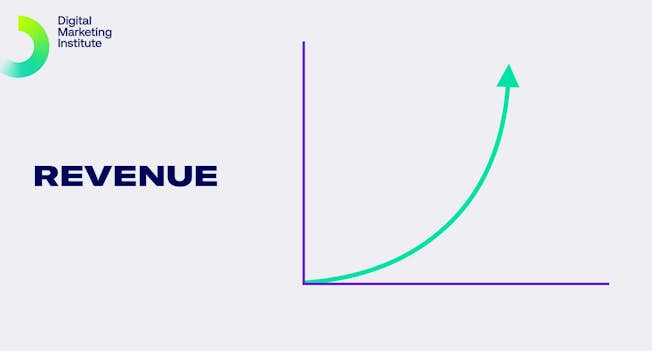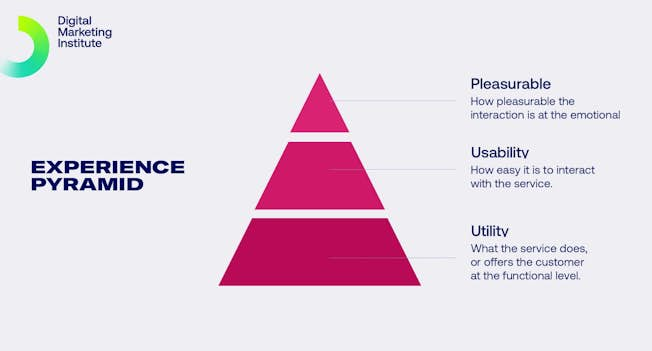Customer experience, or CX, can be an elusive term that means different things to different people. While most companies think they are doing it great, their customers might not agree. So what exactly does CX mean? What does it involve? And how can you use it to differentiate your business from its competitors? Read on to find out.
What is customer experience (CX)?
In a nutshell, customer experience involves putting the customer first. It requires an unwavering focus on the experience a customer has with a brand. It encompasses everything the customer touches, hears, handles, or sees as they interact with a product or service. CX requires companies to care deeply about their customers and to serve them in the best possible way.
Companies who excel at CX:
- Delight their customers
- Forge a real emotional connection with them
- Transform them into loyal fans and advocates
If you can offer customers a delightful customer experience as they interact with you – across all touchpoints – you can leave your competitors behind and reap the financial rewards.

What is customer experience management?
Customer experience is something every organization manages, whether intentionally or not. There are no hard and fast rules about what you must do. It’s about understanding that a number of interconnected processes, tools, and responsibilities must combine to deliver an overall excellent experience. Organizations that create exceptional customer experiences know that managing experience is an ongoing process and more a mind-set for the entire organization than just the responsibility of a couple of employees.
CX management involves:
- Managing customer expectations
- Adopting a continual CX mind-set
- Increasing awareness of your brand or product
- Defending yourself against decreasing margins or a race to the bottom
- Increasing customer retention and loyalty
Competing elements
There are a number of competing elements to consider when you’re looking at the overall customer experience:
- Firstly, what your organization’s business priorities are – for example, increased revenue or conversions
- Secondly, your brand – how the business stands out from the crowd, what it is famous for, and how it does things differently
- Thirdly, the customer – how you satisfy their needs, how you meet their goals with minimum friction, and how you meet their emotional needs
It can sound like a simple tick-box exercise to satisfy each of these three elements, but you’ll quickly discover there can be conflict and tension between them. For example, what your customer demands may not necessarily align with your commercial ambitions – and at times, these can even be polarized. The job of customer experience management is to find the sweet-spot for all three.
What does a CX manager do?
Businesses have provided products and services long before customer experience was formalized as a topic. Some may ask, who should now perform this role and the associated tasks in an organization? With digital being the core channel across the customer journey, digital marketers are often best placed to take on the role of CX manager and lead awareness of customer experience across the entire company.
Although delivering an excellent customer experience is everyone’s job in an organization, some individuals may not know what exactly they have to do or will have questions on why they should spend their time doing it. CX managers will need to make the case and provide answers to these questions.
It is critical that CX managers put detailed processes in place that enable:
- Employee behavior to be aligned around the overall CX strategy
- Data to be generated and measured, providing customer insights
- Products and services to be designed for both internal and external users
It’s also important for a CX manager to assess how proficient their organization is across an array of technologies before embarking on a CX transformation. By assessing individuals and groups, and conducting a digital maturity assessment, they can set realistic goals based on their capability to satisfy customer needs.
Finally, it’s important that CX managers act as the voice of the customer – and bring the voice of the customer into the boardroom, the lunch room, and the shop floor. It should have an impact on decision-making at all levels within an organization.

How does CX impact on performance?
Customer experience can at times feel like it’s hard to measure, as it’s made up of so many moving parts – from sales through to service. One of the most convincing arguments for why an organization should pay attention and invest in its customer experience is the link between CX and financial performance.
Excellent customer experiences can lead to improved financial performance by businesses. Brands that excel in CX have been seen to increase revenue and return more shareholder value than brands that don’t. So it’s important to measure CX in your organization, benchmark yourself against competitors, and look to improve areas where you are not performing well.
The research body, Forrester, assesses companies to produce a Customer Experience Index (CXI). Forrester’s CXI score measures how successfully a company delivers customer experiences that create and sustain loyalty. It shows, for a range of sectors, how particular brands score and what the average score is. It’s a powerful tool for understanding who is doing CX well and where you stand relative to your peers.
What is service shadow?
To really understand CX and improve it, you need to experience your own service, as a customer. This should involve the entire organization: everyone should shadow actual customers interacting with the business. This type of observation is known as service shadow. By conducting service shadows regularly, you will quickly spotlight underperforming areas and opportunities to improve service.
There are many different and important channels that should go through a service shadow, including telephone calls and digital services. It can be useful to have a simple customer journey model mapped out that catalogs all steps and available channels, so you don’t overlook any of them. You need to have an in-depth view across the whole customer journey to form a complete picture and to fully understand your customers’ needs.


What is a Customer Experience Pyramid?
Once an organization understands its customer needs, the next step is to set about meeting those needs.
You can use a Customer Experience Pyramid to help you do this. A Customer Experience Pyramid is formed by three steps:
- Utility: At the bottom of the pyramid is the Utility step. Here, the organization needs to completely satisfy the basic requirements of good customer service – delivering a service that is on time, delivered in full, consistent, and offers value.
- Usability: In the middle of the pyramid is the Usability step. Here, the organization goes one step further, and aims to reduce friction and make its services easier to interact with.
- Pleasurable: Only when the intensive work of the first two steps is complete can the organization move on to the third step, which is at the very top of the pyramid – creating pleasure, and measuring how pleasurable customer interactions are at an emotional level.
Frequently, organizations focus on the pleasurable step at the top of the pyramid, at the expense of the utility experiences at the bottom, which is a mistake. The basic foundations of good customer service should be in place before you attempt to build upon them.
Without doubt, customer experience is a serious business. In a world full of commodities and marketplaces – and limited time – it could be a vital tool in ensuring your brand is both desirable and memorable. You can’t afford to ignore it.
- Categories:
- Articles
- Customer Experience (CX)
Upgrade to Power Membership to continue
your access to thousands of articles, toolkits, podcasts, lessons and much much more.
Become a Power Member- Login
- View Courses
- - - -
- Courses
- Resources
- - - -
- My Account
- Change Password
- Logout




